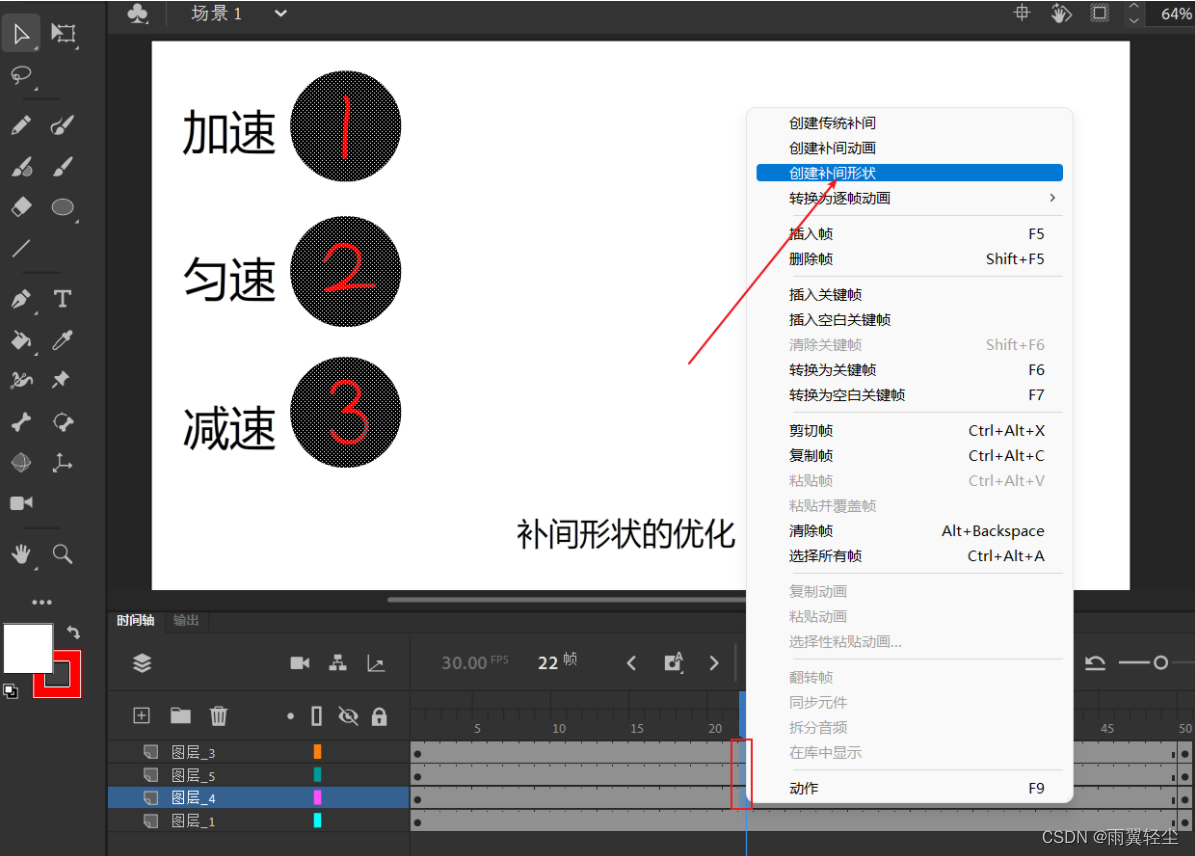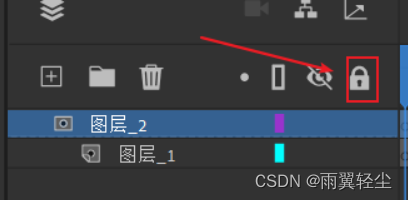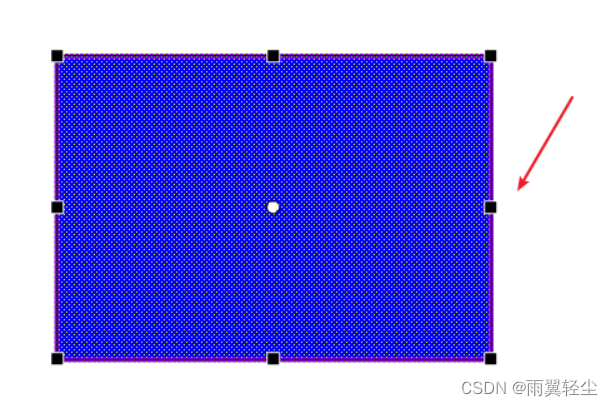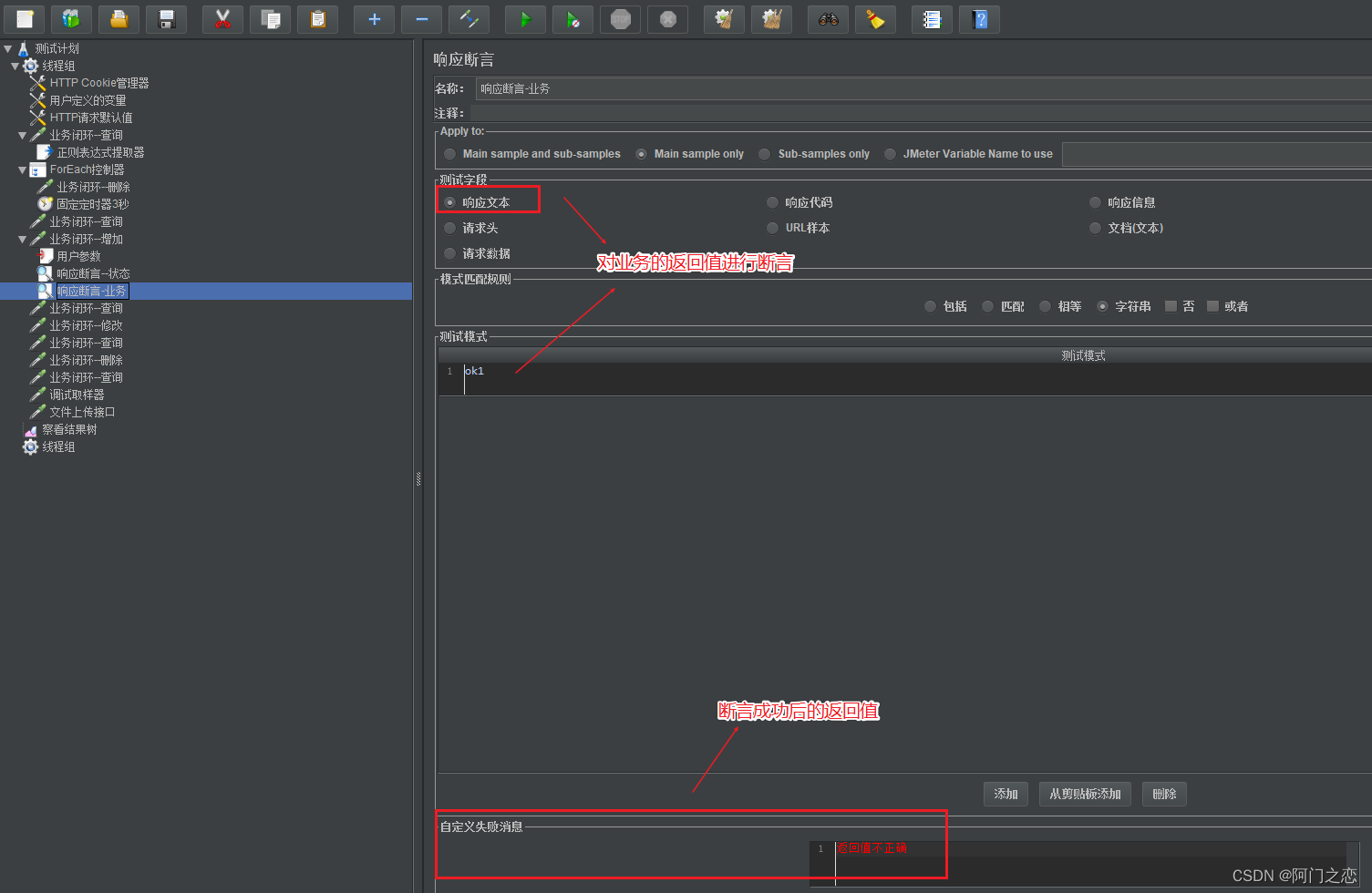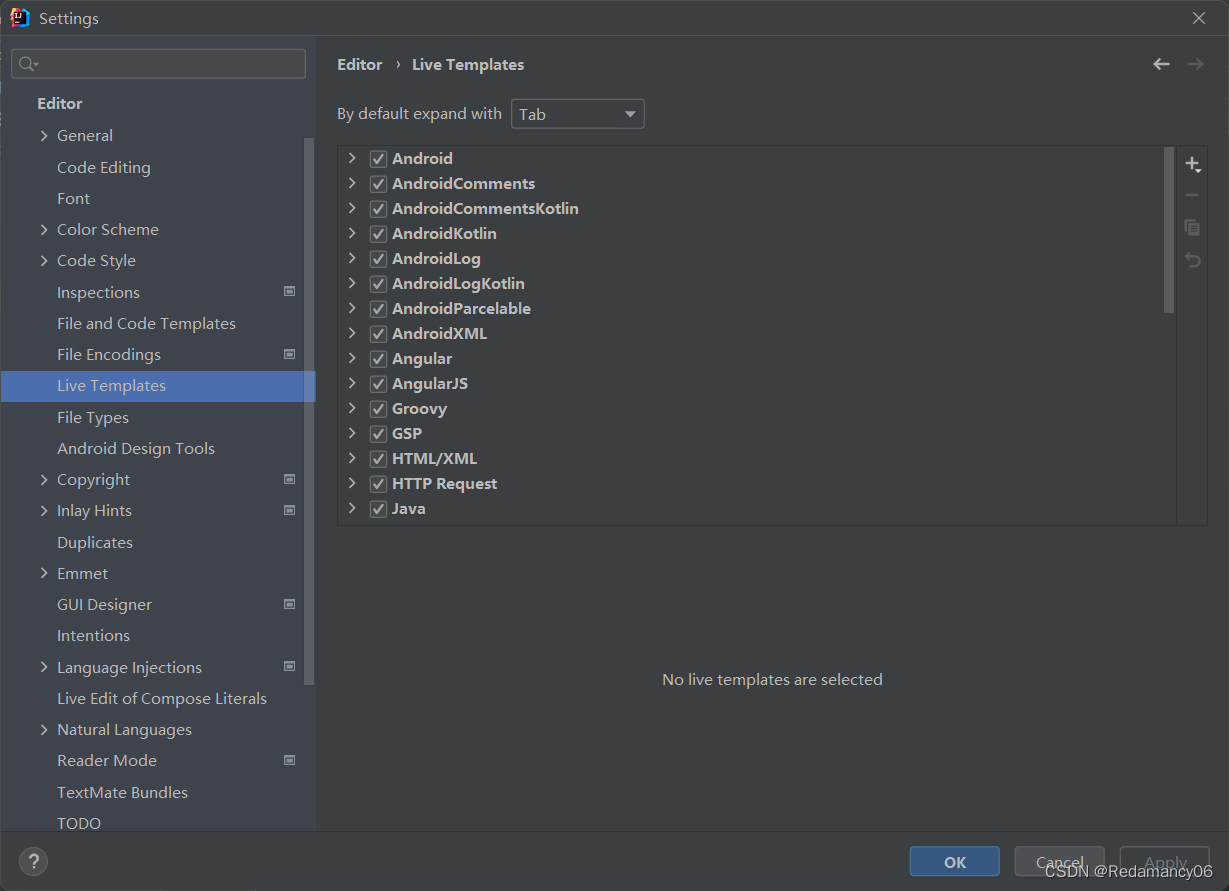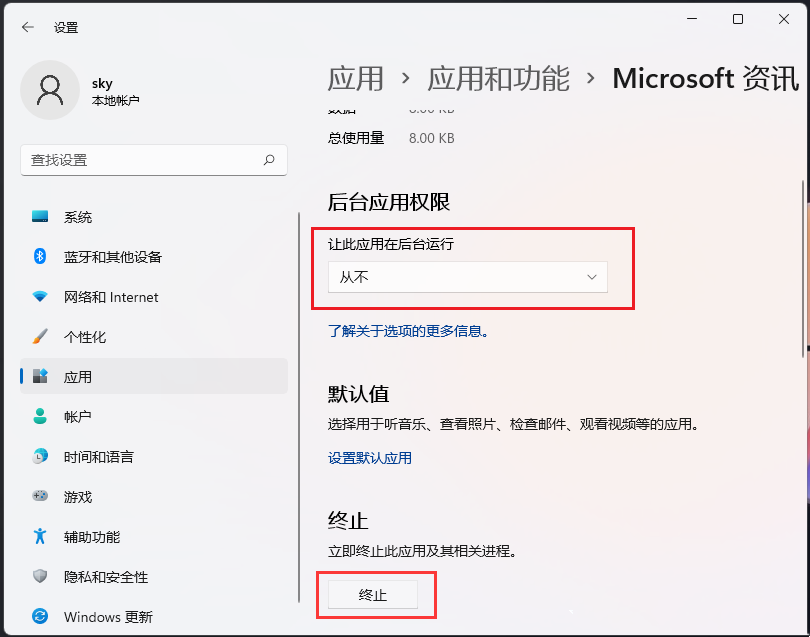当前位置:网站首页>Golang arrays and slices
Golang arrays and slices
2022-08-03 13:18:00 【Cloud full of notes】
这里填写标题
1. Golang 数组和切片
1.1. 数组
数组初始化方式常用的有 3 种,至于其它的用的很少,就不用管了,常用方式如下:
var a[4]intb := [4]int{
2, 4}
c := [...]int{
2, 4}
Go 数组是值类型,赋值和传参会复制整个数组数据,为了避免数据复制,可以使用数组指针:
func test(x *[2]int) {
x[1] += 1
}
func main() {
a := [2]int{
2, 3}
test(&a)
}
最后需要区分指针数组和数组指针的区别:
func main() {
x, y := 1, 2
a := [...]*int{
&x, &y} // 元素为指针的指针数组
p := &a // 存储数组地址的指针
}
Go 的数组,其实我们用的不多,一般大家都用切片,所以对于数组,掌握上述知识就可以了,其它关于数组的知识,需要用的时候,查阅相关资料即可.
1.2. 切片
1.2.1. 概念
The reason for slices is also because the operability of arrays is not high.切片的长度是不固定的,可以追加数据,It can be understood that a slice is a dynamic array,The underlying layer of a slice is a struct.
type slice struct {
array unsafe.Pointer
len int
cap int
}
切片类型 (slice) Not a dynamic array or array pointer per se.It internally references the underlying array through a pointer,Set related properties to limit the operation to the specified range.当需要时,More memory will be requested,Copy the current data over,以实现类似动态数组的功能.
1.2.2. 切片创建
Slice objects can be created directly,No need to prepare the array in advance.因为是引用类型,须使用 make function or an explicit initialization statement,It does the underlying array memory allocation automatically.
普通格式:
var 切片名 [] 数据类型
自动推导类型创建切片:
切片名 := [] 类型{
}
make 函数创建切片:长度是已经初始化的空间,容量是已经开辟的空间,包括已经初始化的空间和空闲的空间.
// The length cannot be greater than the capacity,The capacity can be omitted without writing,When not written, it defaults to the same value as the length
切片名称 := make ([] 切片类型,长度 容量)
// Returns the capacity usage of the slice cap, Returns the length of the slice to use len
fmt.Println(cap(切片名称))
// 演示
s1 := make([]int, 3, 5) // 指定 len、cap, The underlying array is initialized to a zero value
s2 := make([]int, 3) // 省略 cap, 和 len 相等
s3 := []int{
10, 20, 5: 30} // Allocate the underlying array by initialization element,并设置 len、cap, 设置索引 5 的数据为 30
1.2.3. 切片初始化
三种创建格式,都是可以通过 append Add data to the slice,初始化格式:
// Slices created in normal format
切片名 [索引] = 值
// Slices created by auto-deduced types
切片名 := [] 类型{
数据 1, 数据 2, 数据 3}
// make Slices created functionally can be passed append and loop initialization
切片名称 = append(切片名称,数据 1, 数据 2...)
// 演示
s1 := make([]int, 4, 6) // 由于 `len = 4`, 所以后面 2 个暂时访问不到,但是容量还是在,数组里面每个变量都是 0.
s2 := []int{
10,20,30,40,50,60}
1.2.4. append 函数
appendThe function is towards the end of the sliceslice(len)添加数据- If the added content exceeds the initially defined capacity of the slice,切片会自动扩容
- 扩容机制是:last capacity * 2
- 如果超过
1024字节,每次扩容上一次的1/4 appendEach expansion is a new memory,Not related to the original,So if it is passed by parameter,使用append添加数据,But it will not affect the data of the original slice,原因就是appendEvery expansion is a new space,The memory pointed to is no longer the original slice.
1.2.5. copy 函数
- 把切片 2 的数据 (
0索引到len-1) Assign to slice 1 中. - 注意:如果切片 1 的容量不够,The remaining data is not assigned.如果切片 1 The data ratio is sliced 2 的多,从切片 2 How much data is replicated,how much to copy.
- 总结:
copyJust copy the data corresponding to the index,如果长度不够,不会覆盖原来的数据.
格式:
copy(切片 1, 切片 2)
演示:
// 从切片 2 复制到切片 1, 但是切片 2 The data ratio is sliced 1 的多,所以,In the end just copied part of it,That is, the data corresponding to the index
func main() {
slice := []int{
1, 2, 3}
slice2 := []int{
4, 5, 6, 7, 8, 9}
copy(slice, slice2)
fmt.Println(slice) // [4 5 6]
}
// 从切片 1 复制到切片 1, 但是切片 1 The data ratio is sliced 2 的少,所以,In the end just copied part of it,That is, the data corresponding to the index
func main() {
slice := []int{
1, 2, 3}
slice2 := []int{
4, 5, 6, 7, 8, 9}
copy(slice2, slice)
fmt.Println(slice2) // [1 2 3 7 8 9]
}
You can also copy data directly from the string to []byte:
func main() {
b := make([]byte, 3)
n := copy(b, "abcde")
fmt.Println(n, b)
}
1.2.6. 切片截取
Slice interception is to obtain the specified data from the slice.If the slice is initialized,没有指定切片的容量,The slice capacity follows the original slice.
The operation of slice interception:
| 操作 | 含义 |
|---|---|
s[n] | 切片 s 中索引位置为 n 的项 |
s[:] | 从切片 s 的索引位置 0 到 len(s)-1 处所获得的切片 |
s[low:] | 从切片 s 的索引位置 low 到 len(s)-1 处所获得的切片 |
s[:high] | 从切片 s 的索引位置 0 到 high 处所获得的切片,len=high |
s[low:high] | 从切片 s 的索引位置 low 到 high 处所获得的切片,len=high-low |
s[low:high:max] | 从切片 s 的索引位置 low 到 high 处所获得的切片,len=high-low, cap=max-low |
len(s) | 切片 s 的长度,总是 <=cap(s) |
cap(s) | 切片 s 的容量,总是 >=len(s) |
/** 第一个值:截取的起始索引 第二个值:The truncated ending index(不包括该值) 第三个值:Used to calculate the capacity of the slice,可以省略,Default is the same as length 容量 = 第三个值 - 第一个值 长度 = 第二个值 - 第一个值 */
newSlice := slice[0:3:3] // 切片的操作符 `s[i:j:k]`, `j` 和 `k` 是个开区间.
1.2.7. 切片值的修改
切片截取后返回新切片,对新切片的值进行修改,会影响原来的切片.
原因:The new slice after slice interception,Will not give a new slice that points to the original slice,No new space is opened up for new slices,So the new slice operation will affect the original slice.
1.2.8. nil 和空切片
nil 切片的指针指向 nil, 表示一个不存在的切片:
var slice []int
空切片一般会用来表示一个空的集合.比如数据库查询,一条结果也没有查到,那么就可以返回一个空切片.
silce := make([]int , 0) slice := []int{
}
需要说明的一点:不管是使用 nil 切片还是空切片,对其调用内置函数 append, len 和 cap 的效果都是一样的.然后切片只能和 nil 判等,不支持切片判等.
1.2.9. 切片扩容
Go 切片扩容策略:如果切片的容量小 1024 个元素,于是扩容的时候就翻倍增加容量.上面那个例子也验证了这一情况,总容量从原来的 4 个翻倍到现在的 8 个.一旦元素个数超过 1024 个元素,那么增长因子就变成 1.25, 即每次增加原来容量的 1/4.下面我们看一种情况,当扩容时没有新建一个新的数组的情况,这里容易出问题:
func main() {
array := [4]int{
10, 20, 30, 40}
slice := array[0:2] // 10 20
newSlice := append(slice, 50) // 10 20 50
newSlice[1] += 10 // 10 30 50
// 这里 slice=[10 30], array=[10 30 50 40], 入坑!! !
fmt.Printf("slice = %v\n", slice) // [10 30]
fmt.Printf("array = %v\n", array) // [10 30 50 40]
fmt.Printf("newSlice = %v\n", newSlice) // [10 30 50]
}
slice、newSlice 和 array 底层共用一个数组,当修改 newSlice[1] 时,因为底层数据被修改,其它也都被修改了,这样非常容易产生莫名的 Bug!
1.2.10. 切片遍历
Traversing and arrays can use ordinary for 循环和 range 遍历得到.
// 演示
func main() {
slice := []int{
1, 2, 3, 4, 5}
for i := 0; i < len(slice); i++ {
fmt.Print(slice[i])
}
for _, v := range slice {
fmt.Println(v)
}
}
如果用 range 的方式去遍历一个切片,拿到的 Value 其实是切片里面的值拷贝,每次打印 Value 的地址都不变,所以仅修改 Value 的值,是不会改变 Slice 中的数据,这点切记!! !
1.2.11. 切片作为函数参数
Slices can be used as arguments to functions,But modify the value of the slice in the function,会影响到原切片.
Because the underlying layers of slices are structs,There is a parameter in the structure Pointer, Pointer will point to the memory address of the slice,A shallow copy method is used,So it will affect the original slice value.
func main() {
slice := []int{
1, 2, 3, 4, 5}
SliceDemo10(slice)
}
func SliceDemo10(slice []int) {
for _, v := range slice {
fmt.Println(v)
}
slice = append(slice, 5, 6, 7)
fmt.Println(slice)
}
边栏推荐
- Golang GMP 原理
- An动画基础之散件动画原理与形状提示点
- [Blue Bridge Cup Trial Question 48] Scratch Dance Machine Game Children's Programming Scratch Blue Bridge Cup Trial Question Explanation
- Yahoo!Answers - data set
- An动画基础之元件的图形动画与按钮动画
- 15. PARTITIONS「建议收藏」
- An introduction to the skeleton tool
- [R] Use grafify for statistical plotting, ANOVA, intervention comparisons, and more!
- PyTorch构建神经网络预测气温(数据集对比,CPU与GPU对比)
- 什么是分布式锁?几种分布式锁分别是怎么实现的?
猜你喜欢
随机推荐
层次分析法
期货开户中常见问题汇总
【OpenCV】 级联分类器训练模型
IronOS, an open source system for portable soldering irons, supports a variety of portable DC, QC, PD powered soldering irons, and supports all standard functions of smart soldering irons
Golang 互斥锁
Redis connection pool tool class
Redis连接池工具类
什么是分布式锁?几种分布式锁分别是怎么实现的?
leetcode 11. The container that holds the most water
技术分享 | 接口自动化测试如何搞定 json 响应断言?
An动画基础之元件的影片剪辑动画与传统补间
链游NFT元宇宙游戏系统开发技术方案及源码
[数据仓库]分层概念,ODS,DM,DWD,DWS,DIM的概念「建议收藏」
Golang 字典 map
漫画:怎么证明sleep不释放锁,而wait释放锁?
Five, the function calls
浅谈低代码平台远程组件加载方案
PyTorch framework to train linear regression model (CPU and GPU environment)
YOLOv5 training data prompts No labels found, with_suffix is used, WARNING: Ignoring corrupted image and/or label appears during yolov5 training
An动画优化之补间形状与传统补间的优化

